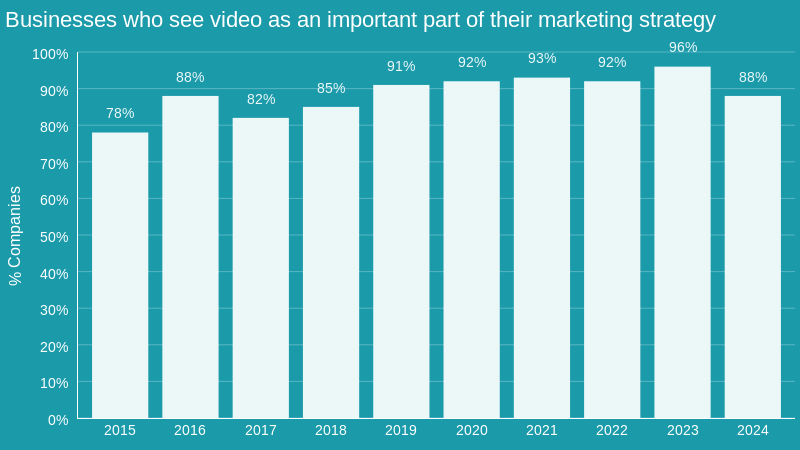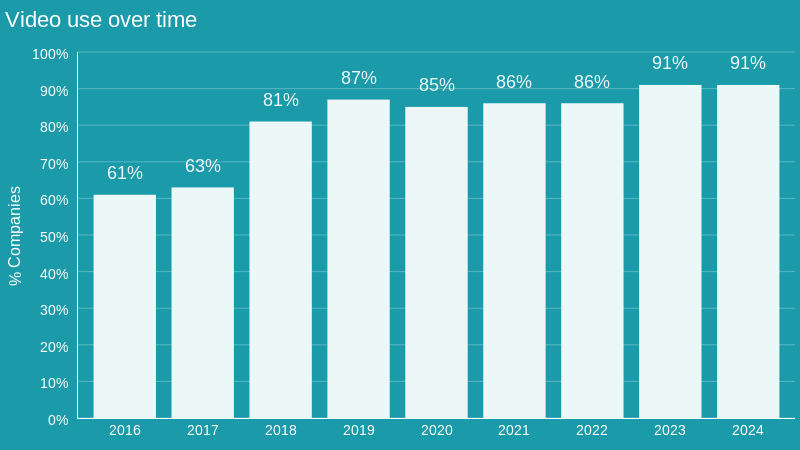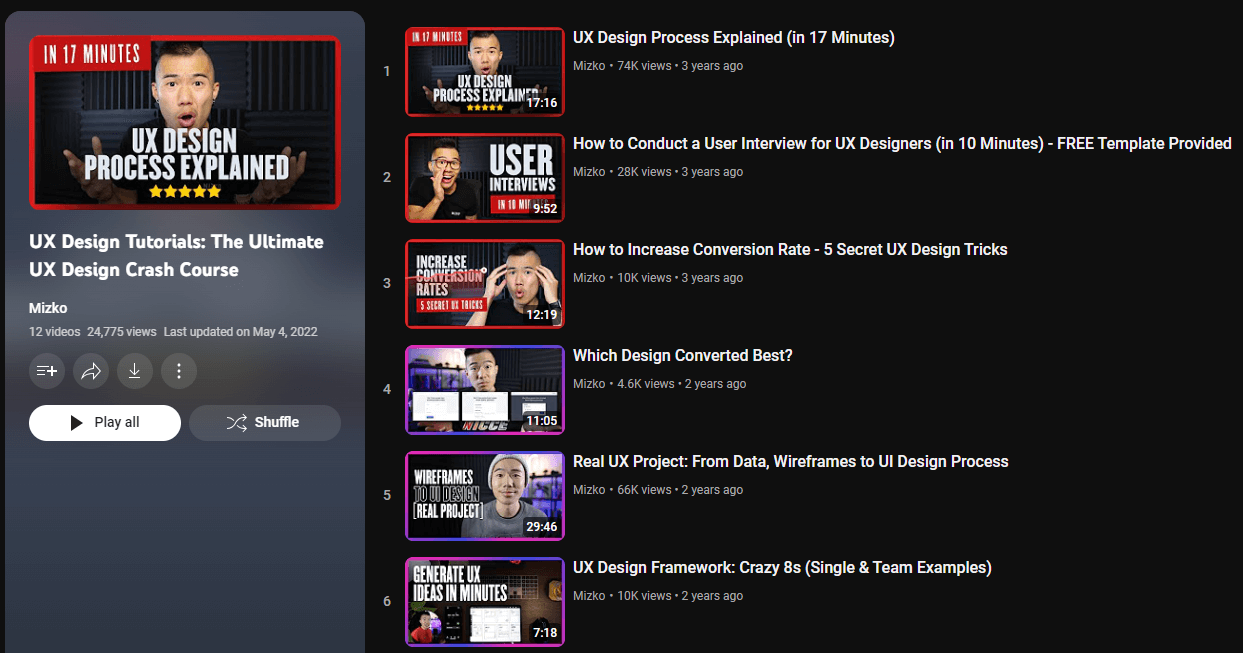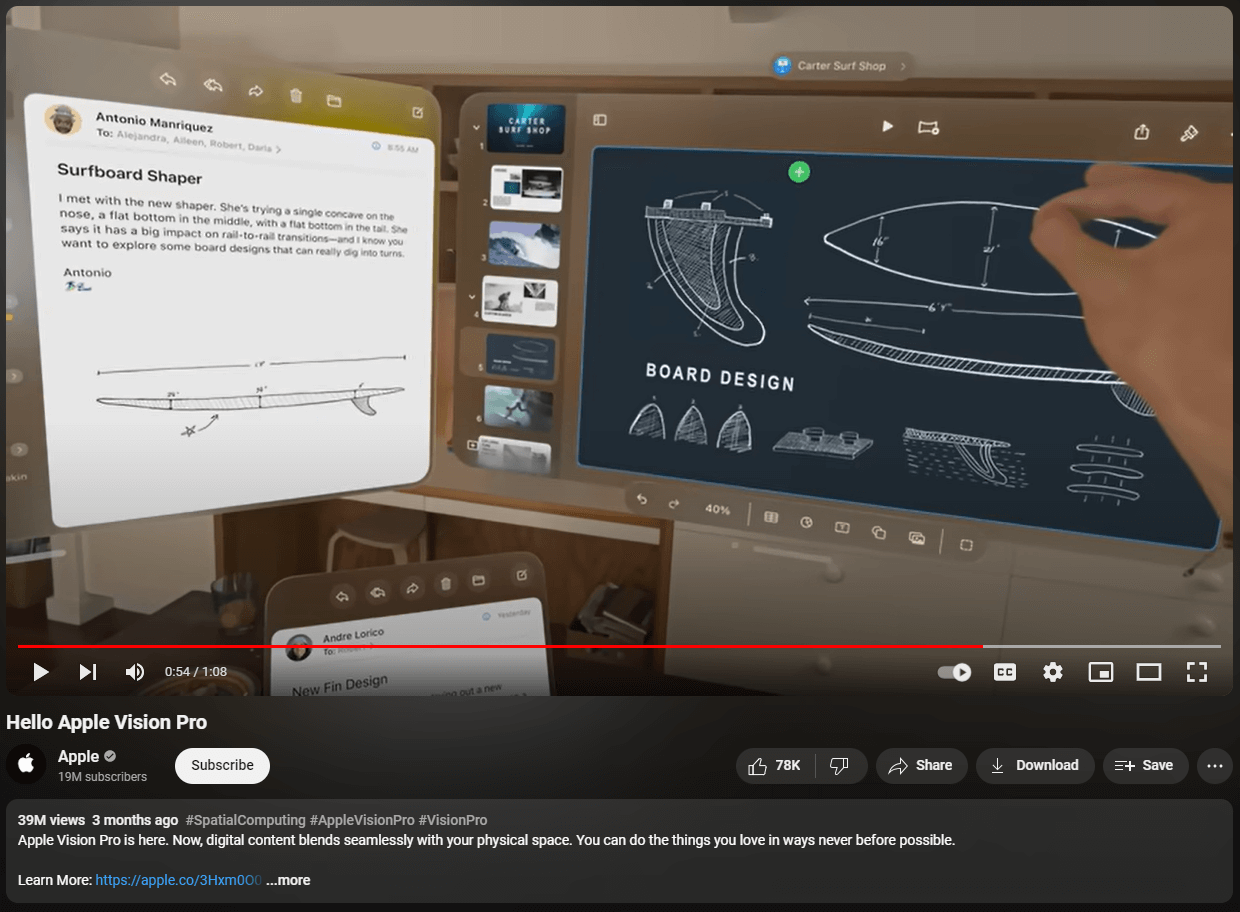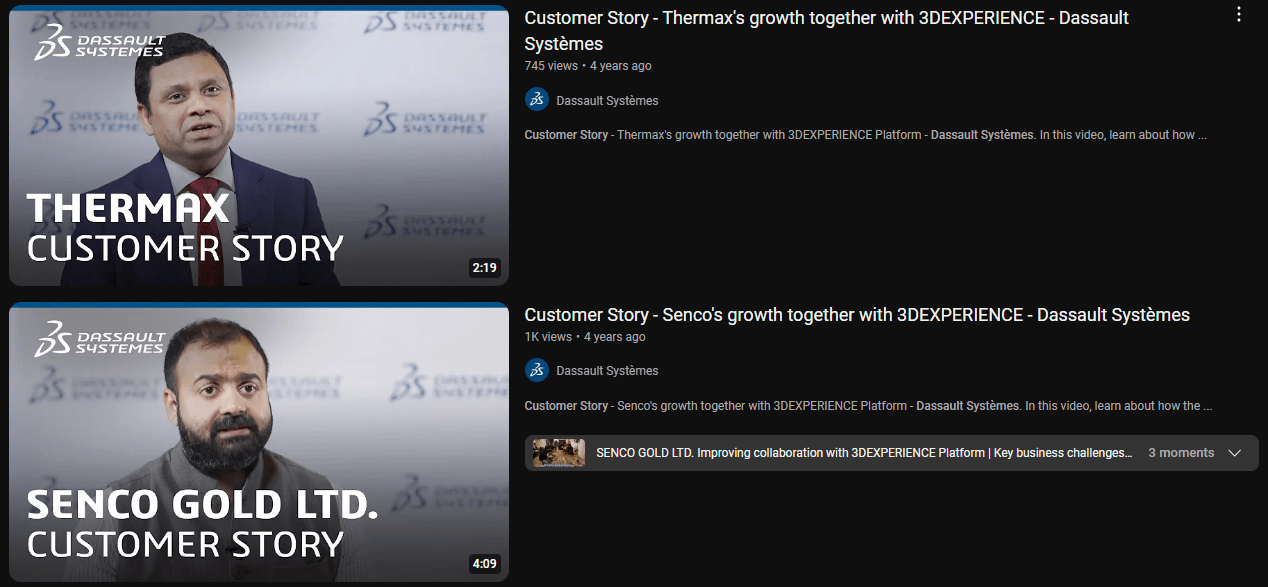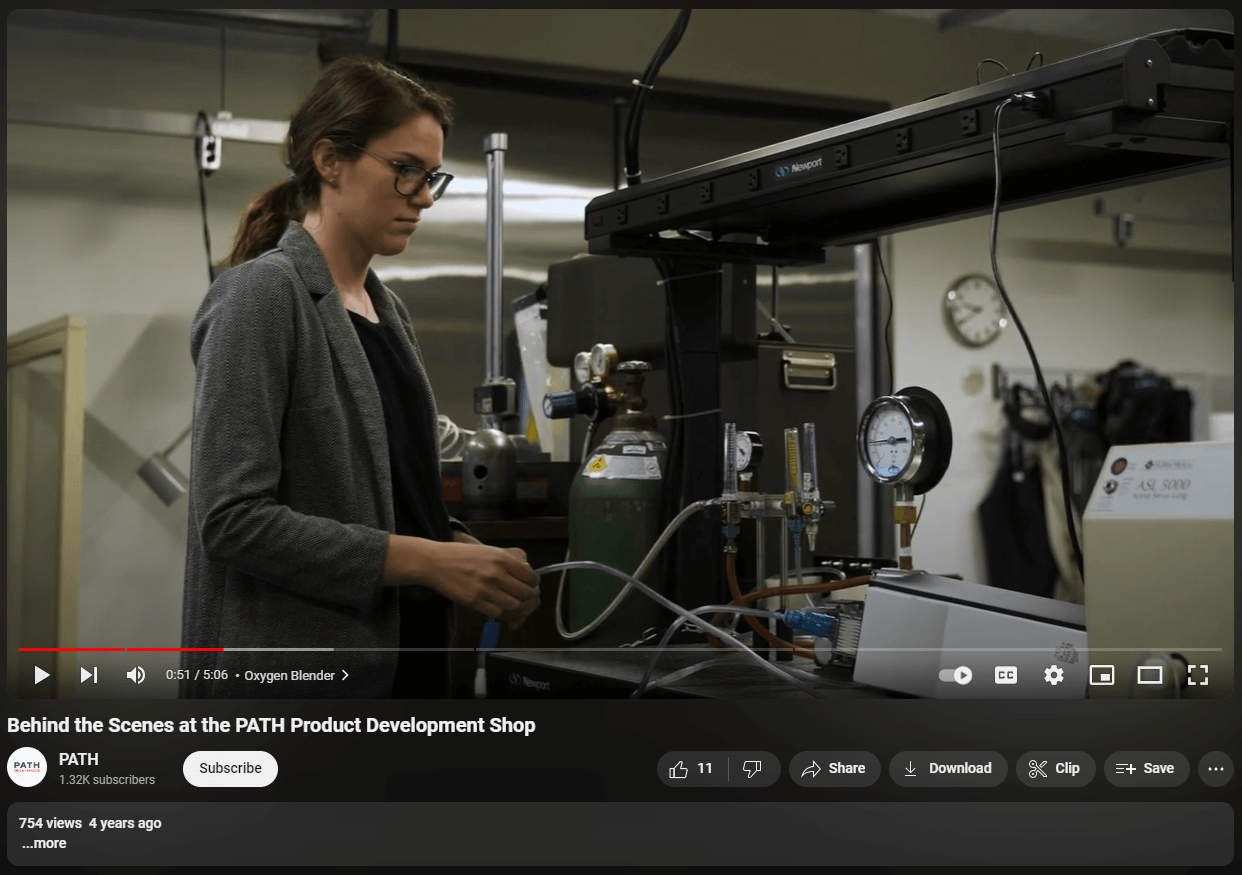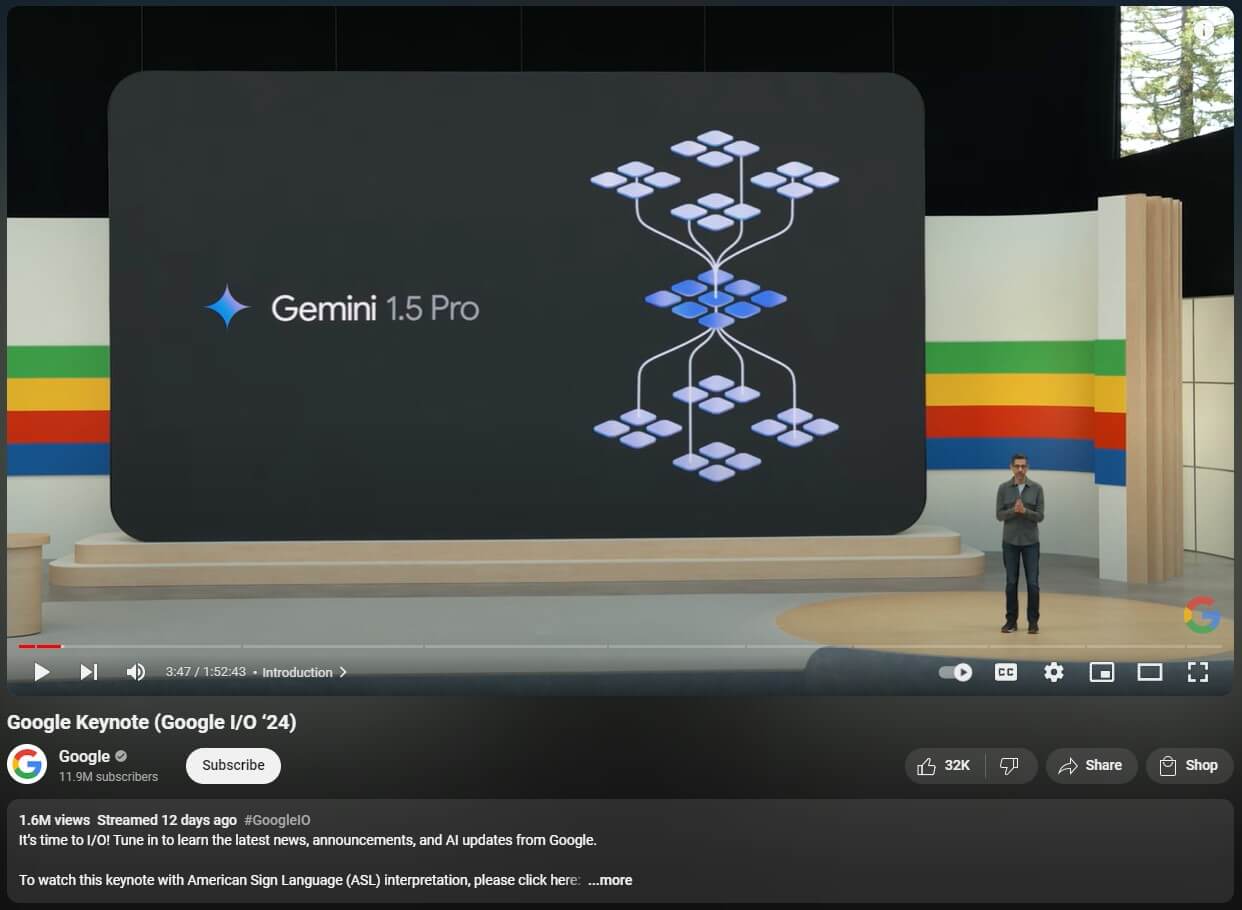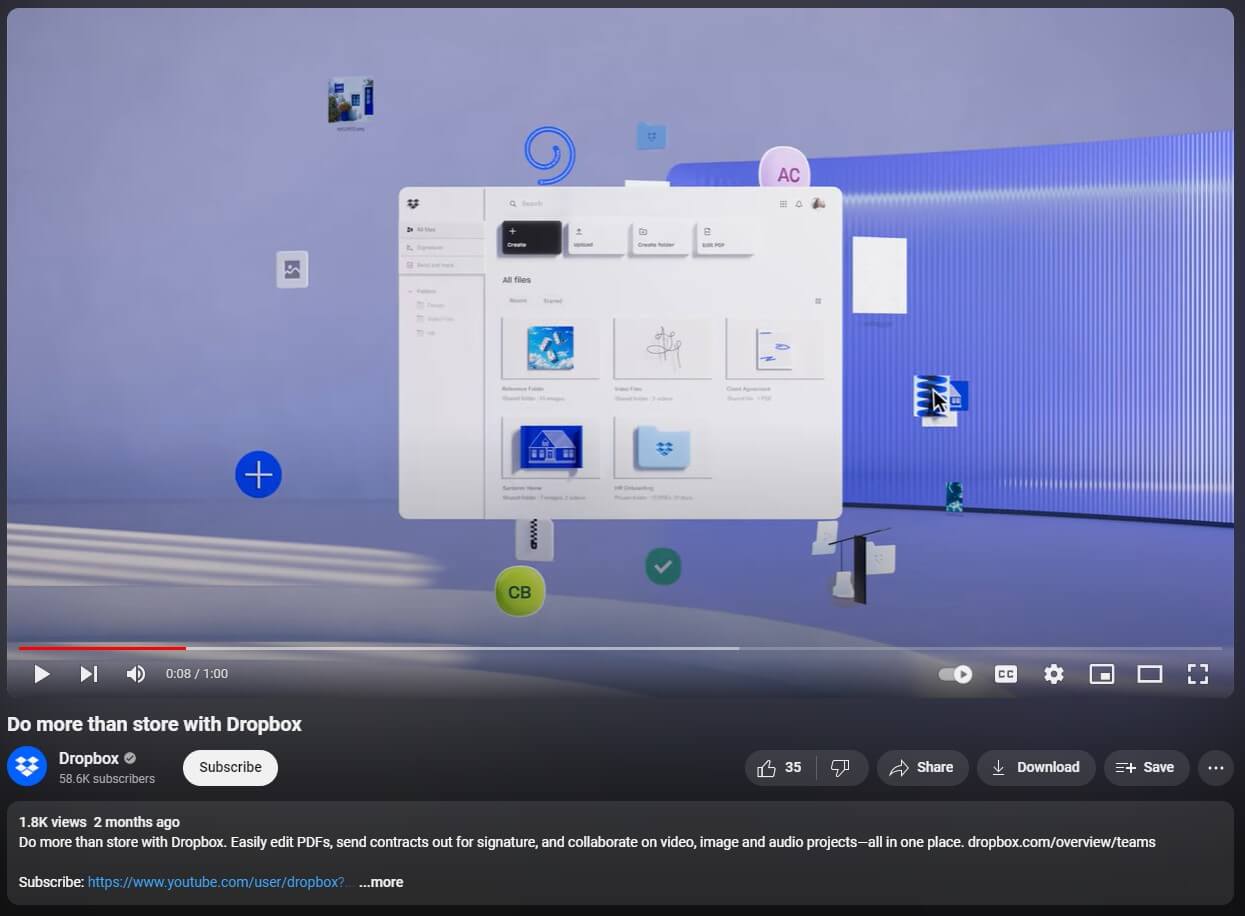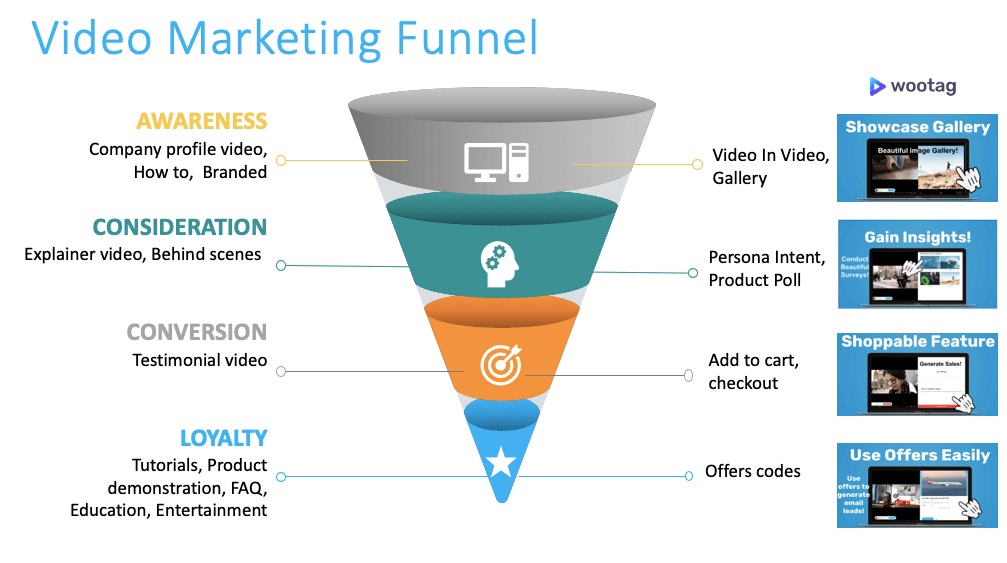We see the rise of visual content nowadays compared to a decade ago, especially with the rise of mega social media conglomerates like TikTok.
Video content is the rage and businesses (B2C and B2B) see the potential it holds for generating awareness and driving conversions as displayed by a Wyzowl study done where businesses see videos as an integrated part of their marketing strategy.
Let’s explore the world of video marketing and learn how to capitalise on it in today’s landscape.
What is Video Marketing?
Video marketing is one of the digital marketing strategies you can use to promote your services or products, build engagements and communities among your customers and grow your brand’s presence in the digital world through video-dominant platforms.
Why is video marketing important?
For Brands, video marketing adds another communication channel they can leverage to speak directly to their customers. Videos in the form of tutorials or advertisements can help existing customers be abreast of current products Brands have to offer.
Other than that, the video acts as a conduit that cuts short the introduction phase between a Brand and its new customers. Through video demos of their products or services, new customers can learn about their products and services faster than the traditional way of advertising.
For Marketers, integrating video marketing into their digital marketing strategies will give them a wider net to cover, be it for increasing reach or ushering users down the conversion channel. Visual content can also self-advertise itself organically through social shares.
In this day and age, social media users find it easy to share content throughout the social media sphere whenever they find the content adds value to them. If brands plan their video marketing campaign by taking into account what resonates with the general public, their videos can easily be shared in return with zero ad spending. Organic growth is always the sustainable one.
Speaking of organic growth, SEO can also gain points from doing video marketing. The rise of E-E-A-T content makes it beneficial for marketers to focus on video when publishing content. Google advised to always diversify the way you relay messages. This is no longer text content that serves better like back in the day.
Now, your content will be regarded as “fuller” when you incorporate different media into your pages with the goal of bringing greater clarification about the topic to the users. Inserting supporting videos that explain concepts or provide additional explanations to the content will boost the user experience and indirectly increase the page’s value to a greater height.
As ripple effects go, when your videos matter to your customers, they will help share them with their connections and increase your engagement rate, conversion opportunities, and brand visibility.
What are the different types of video marketing?
There are numerous types of videos you can use to assist your strategy. Instead of trying every video format out there, you can narrow down your searches to selecting the types of videos that are relevant to your marketing core.
Tutorial Videos
Tutorial videos are one of the go-to formats brands would use to increase their engagement rate with their audiences. Take Mizko, a UI/UX designer who leverages quite several educational videos about topics in UI/UX, web development techniques, software and more. Other brands like HubSpot, Google, and Moz are among those that do the same thing with digital marketing content.
Tutorial videos can vary from a person explaining something about a software or product to a montage-like sequence with interactive in-visual text that explains the ins and outs of using specific functions from a tool.
By offering this kind of content, HubSpot establishes itself as a thought leader and a reliable source of valuable information, which helps build trust and loyalty among its audience.
Product Demos
Big brands like Apple, Samsung, and Google use this format quite often, especially during product launches to showcase the capability of a new product they are delivering to the masses. The most recent example we get to see was Apple’s launching video on Apple Vision Pro where it demonstrates the features and highlights of the product.
Through product demos, the audience (be it direct customers or potential clients) will get a first-hand insight into what to expect and organically build the buzz around the anticipation of said product or services.
Before you know it, you have nurtured your customers and would-be customers down the conversion path to making a purchase the second it launches.
Source: Apple “Hello Apple Vision Pro”
Customer Testimonials
When talking about customer testimonials, the first thing that comes to mind is the review section. How many stars you get from your customers and whatnot, but videos are another platform brands can use to showcase what customers think of their products or services.
Although it is not widely used, companies like Dassault Systemes use this technique quite often, be it from customers who have used their product, work with them on a project or even attendees for their events.
Having external parties be on camera and provide positive feedback about their own experience with a brand gives a lot more validity than a simple written review. Albeit, it still works, but when you are seeing with your own eyes the person who is talking on screen, it makes it more believable.
These testimonials provide social proof, showing that real people have benefited from what your brand offers. This can be particularly persuasive in converting hesitant prospects into loyal customers. Not only does it have the potential to nurture the existing partnership or clientele displayed on the video, but it also acts as a beacon for new opportunities.
Behind-the-Scenes Videos
Behind-the-scenes videos give your audience a glimpse into the inner workings of your company. It is the same giddy feeling we have when we are watching behind-the-scenes of our favourite movies and music.
Taking the veil off and letting people see how you work or produce your products humanises your brand and makes it easy for you to connect with your existing and potential customers.
These video formats can include everything from day-to-day operations to employee stories and the creation process of your products.
Event Coverage
Covering live events, conferences, or product launches can be a great way to engage your audience. This can be between covering your event or others like an annual conference between industry leaders or the example we used earlier, Google I/O that occurred a few weeks ago.
Although it looks like you are giving awareness to other brands then you do their event coverage, bear in mind the awareness you will also receive as you right the wave. Through the hype of those big events, you’ll get a portion of the users searching for information on that event through your website.
For your brand, it is a go-to way to market yourself, especially if you are launching new products. This type of content not only reaches a wide audience but also generates buzz and excitement around your brand.
Explainer Videos
Explainer videos break down complex concepts or products into easy-to-understand content. It can range in the form of webinars to educational-type formats. Companies like Dropbox use explainer videos to demonstrate how their services work and the benefits they offer.
These videos are typically short, engaging, and highly informative, making them a great tool for converting viewers into customers. The key to creating a successful explainer video is to make things easy for users to understand.
Easy does not equal boring. Hence, brands have to find creative ways to not only break down those complex concepts but also keep them engaging enough that people will end the video with a 100% understanding towards the subject matter.
What are the Key Video Marketing Strategies?
The inefficient way to go about this is to simply create a video without a proper focus. Similar to any other digital marketing strategy, be it a social media strategy, SEO strategy or even a content marketing strategy, everything must have a goal, a target audience, a focused message and a clear marketing path.
Source: Wootag
Define Your Goals
Set a clear mission on what you want to achieve with your video marketing campaign. Are you going for brand awareness, to drive traffic to your website, or to boost sales? Defining your goals will help shape your video content and strategy.
Know Your Audience
Know who your target audience is and what they are interested in from existing audience data or a new persona you create specifically for this campaign. This will help you create content that resonates with them and addresses their needs.
Create High-Quality Content
Invest in good equipment and software to produce professional-looking videos. Quality content is more likely to be shared and can enhance your brand’s reputation.
Optimise for Each Platform
Different platforms have different specifications and best practices. Tailor your videos for each platform, whether your videos will be published on YouTube, Instagram, Facebook, or your website.
Use Storytelling
People love stories. Create a narrative that engages your audience and makes your brand memorable. This could be through customer stories, brand history, or product journeys.
Include a Call to Action (CTA)
Always include a clear CTA in your videos. Whether it’s asking viewers to visit your website, subscribe to your channel, or purchase a product, guide them on what to do next.
Analyse and Adjust
Regularly review the performance of your videos. Use analytics to understand what works and what doesn’t, and adjust your strategy accordingly. Key analytical metrics you can anticipate for video marketing campaigns are:
- View Count: The number of times your video has been watched. It’s a basic but important metric to gauge the reach of your content.
- Engagement: This includes likes, shares, comments, and overall interaction with your video. High engagement rates indicate that your content is resonating with your audience.
- Watch Time: The total amount of time viewers have spent watching your video. This metric can give you insights into how engaging your content is.
- Click-Through Rate (CTR): The percentage of viewers who click on your CTA. A high CTR means your video is effective in driving desired actions.
- Conversion Rate: The percentage of viewers who take a specific action after watching your video, such as making a purchase or signing up for a newsletter.
- Return on Investment (ROI): Calculate the ROI of your video marketing efforts by comparing the cost of production and distribution to the revenue generated.
Final Takeaways
Video marketing is a powerful tool that can significantly enhance your brand’s reach and engagement. By understanding the importance of video marketing, employing key strategies, and keeping track of essential metrics, you can create compelling video content that resonates with your audience and drives results. Remember, the key is to stay consistent, be creative, and always focus on delivering value to your viewers.
Morph Digital have a growing library of resources for B2B and B2C audiences to learn more about digital marketing and its subfields, including video marketing. Apart from providing digital services to our clients, we also prioritise knowledge-sharing to help businesses grow in their own way.
